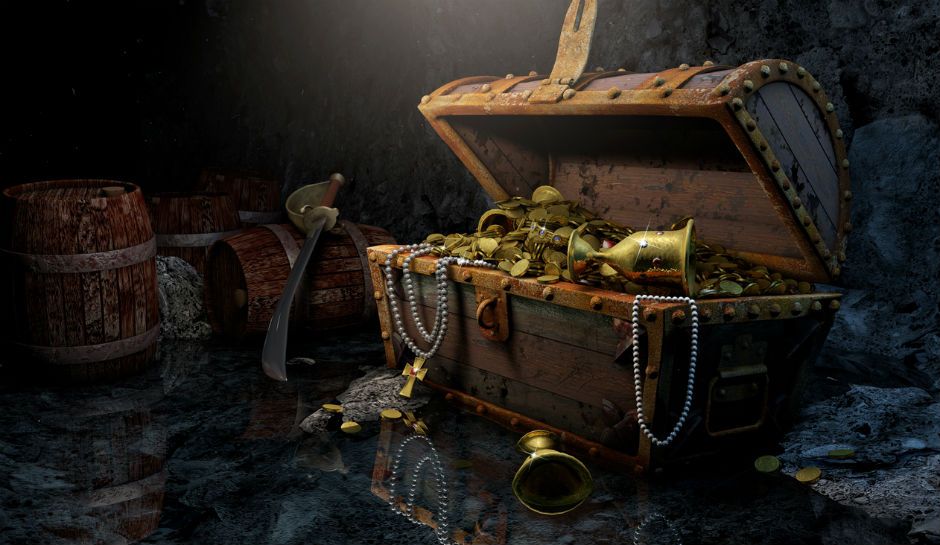
Found during a metal detection search, this pilum was discovered on Lot 26-once the home of 18th century privateer, Captain James Anderson.Is it possible Ball found of the treasure?.The discovery of a tag with the name Ball engraved in it might have belonged to Samuel Ball, a freed American enslaved person who became one of Nova Scotia's wealthiest land owners.It continues to be a mystery if this brooch is a piece of buried treasure or was once the property of a resident.The first confirmed gold found on Oak Island, this brooch dates back as early as the 14th century.This object has an identical lead isotope of the Lead Cross, which means both come from the pre-15th century ore deposits.Its design suggests an ancient metalwork technique called cloisonne.This artifact was unearthed near the site of Daniel McGinnis' old home on Lot 21.This artifact could be evidence of the Duc D'Anville Expedition of 1746, an armada of 97 ships and 13,000 men that was launched by France in an attempt to seize Nova Scotia from the British and was led by a member of the ancient royal La Rochefoucauld family.A French military cap badge found on Lot 21 might be from a French grenadier's hat from the 1700s.They were minted in the 1600s, which is more than 100 years before the first discovery of the Money Pit in 1795.Gary Drayton found these two King Charles II Brtiannia coins from the 17th century.Could this keyhole be a part of a chest similar to Captain Anderson's sea chest?.Nolan believed that treasure had been recovered in at least eleven shallow sites around Oak Island.This decorative keyhole plate was found during a metal detection excursion on a lot owned by Tom Nolan, the son of Fred Nolan.

Discovered while metal detecting on Lot 8, this gemstone brooch dates back as early as the 16th century and is considered the first piece of valuable treasure found by the Laginas and their team.



 0 kommentar(er)
0 kommentar(er)
